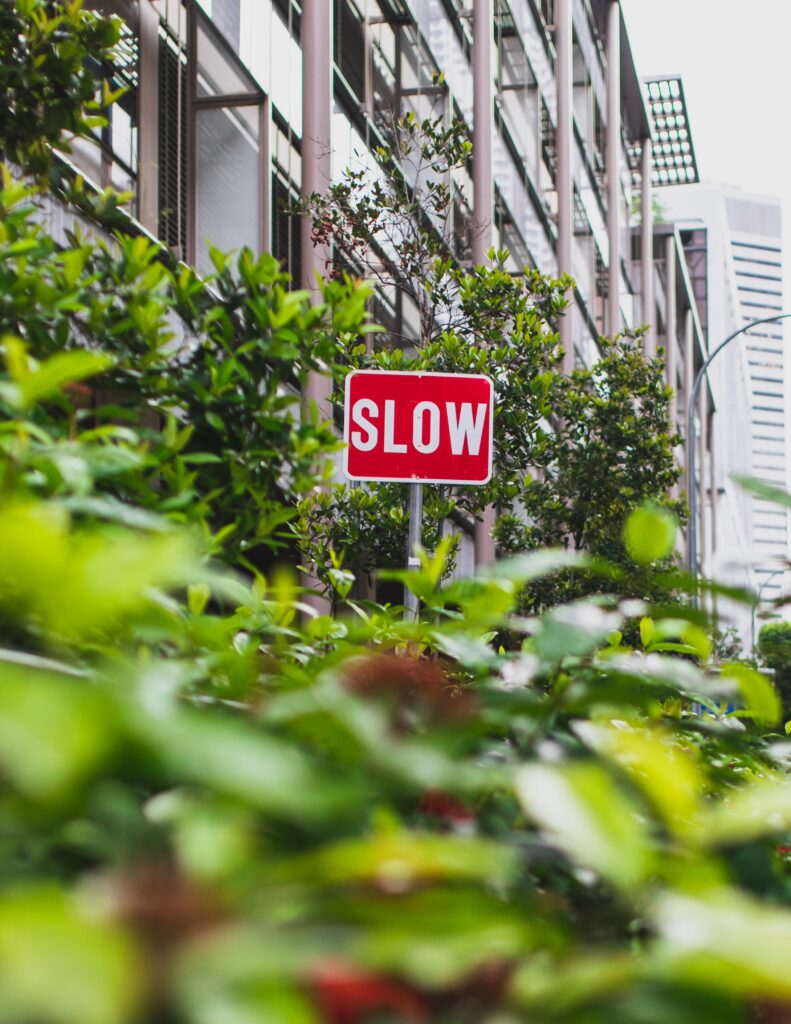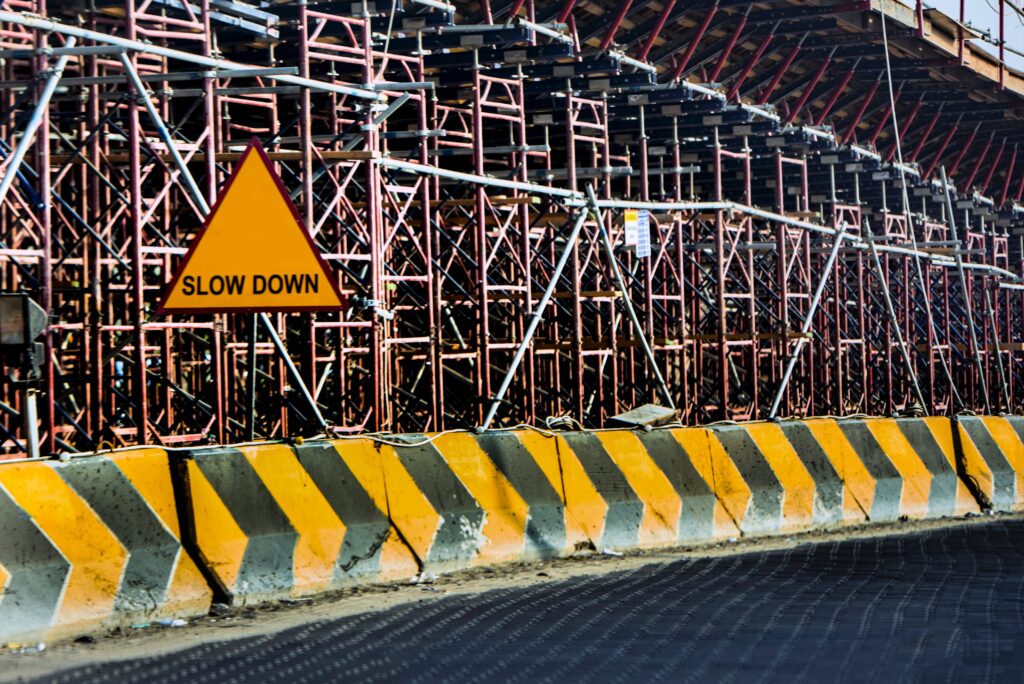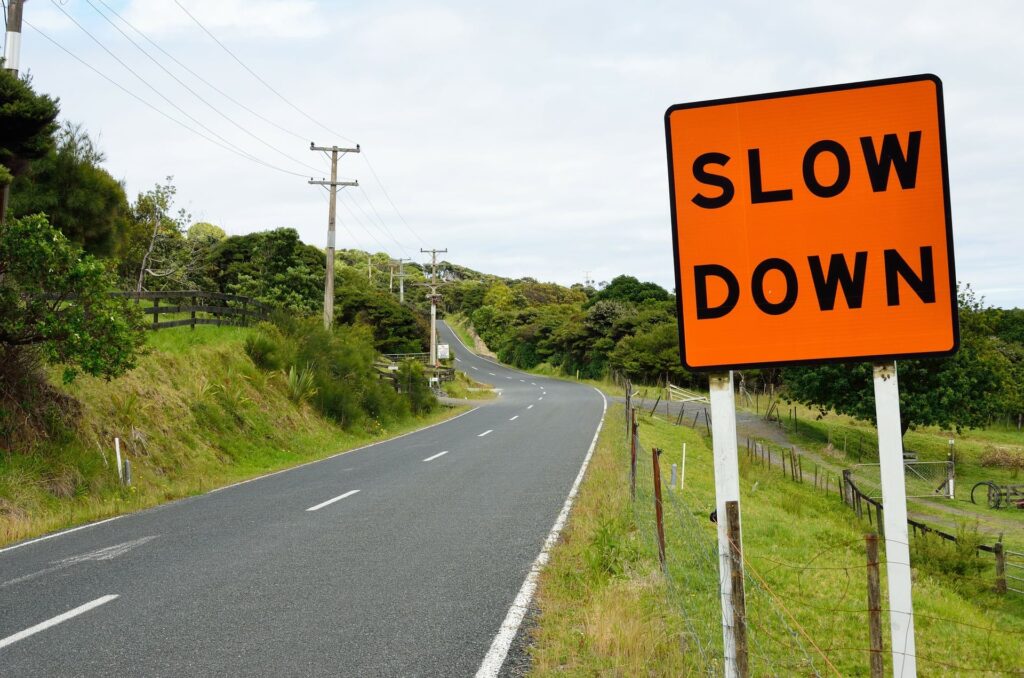Developing Control with Minimal Gear

Martial arts can have a lot of inherent intensity to them. They are violent, often competitive, and bring many into spaces that are uncomfortable, be that from the stresses of learning or the stresses of apparent conflict. It can be easy to find yourself suddenly going faster or harder than you planned as you chase an opening or try to protect yourself from harm (real or imagined).
These moments of sudden intensity can easily lead to injury or simply make someone less safe to train with. So how do you help such a student—or yourself—keep control in these moments of stress?
Managing Your Impulses is a Combat Skill
In slow sparring and drilling I ask my students to be curious about moments where they speed up. These moments of acceleration are revealing of places within the fight where we have unproductive flinch responses, lack good answers, or get overanxious. At higher speeds these same responses will be triggered but they’ll come out as over-extending to an opening, over-parrying, striking too hard, and chasing. In all ways, things you want to avoid in combat.
Slower speeds make these triggers more apparent and give us the capacity to learn about them, isolate them, and begin the process of reconditioning our responses to build comfort, calm, and control in places of stress.
What’s the Trigger?
When you find yourself speeding up in a drill, or in slow sparring, or if you catch yourself at high speeds chasing, flailing, or going harder than expected, it’s time to turn up your curiosity. What’s going on there? Is it something you’re having a hard time seeing or understanding? Is there a threat that you don’t know how to neutralize? Is there a type of pressure you’re wanting relief from?
It can be useful to have a conversation with yourself or your training partner about what’s going on, and might change your feeling in relation to the situation just on its own. It also gives you the power to identify the exact circumstances so you can intentionally recreate them and recondition yourself.
Isolate the Moment
Zero in on the trigger area by recreating the circumstances. Consider:
- the measure (distance to the opponent),
- position of the weapons (high/low, close/far, left/right),
- intention (attacking or defending),
- and the timing (stillness, during an attack, in the middle of a movement, while stepping in, etc.).
You can attempt to recreate the moment in combat by constraining the circumstances tactically (i.e., press your way to the same place, invite the same attack, go for the same opening, etc.) or simply by asking your partner to recreate it with you by focusing in that area or isolating the moment as a drill.
Use isolation to first understand what’s going on, then to explore and condition new skills and responses to the situation.
Exploration & Problem Solving
As a tall fighter I have often had an anxious response to opponents getting too close and being in my low lines. To work on this I will create a sparring scenario where my opponent starts in a position of control and at a close measure. This way I start the fight right in the challenge zone. I might even put a barrier behind me so that I can’t simply run away from it.
Use your scenario or drill to start working the problem at slow speeds. My focus is on breathing, moving slow, and intentionally keeping my body relaxed and my attention broad. If I find I’m tensing too easily I work with my partner to actually slow down more. Honestly, go really slow here if you need.
Once calm has arrived I can start to be creative (and get help from my partner or coach) to solve the technical problems of the situation. I like to come up with technical/tactical answers in three areas:
- How do I get out of it when I’m already in it?
- How do I work with it while I’m there?
- How do I avoid getting into this difficult situation in the first place?
It’s useful to work each solution first as a drill and then attempt to put them into practice in a more open slow-sparring environment using a scenario like what I described above.
Scaling Speed
When you can bring together the new skills while maintaining a sense of greater calm in the challenge area, gradually introduce more speed. This may require that you eventually add more protective gear based on your weapons and contact standards (but don’t let protective gear take the place your ability to control your weapon).
Instead of simply moving upward in speed. When you feel tension, flailing, brain scramble, narrowing of vision, or other types of loss of control begin to return and slow down. Get grounded, open your perception, and bring precision back to your skills. Then, gradually pick the speed back up again.
Oscillate between slow and fast as you gradually acclimate both your new skills and your new calm to your regular combat speeds.
Worth the Investment
Many of my senior students are able to fight each other at very high speeds with minimal protective gear. I’m proud of their skills, and their respect for each other. They have taken the time to prioritize control, awareness, and above all build the skills that allow them to be comfortable in most situations that will arise in combat.
That being said you will always find new places of pressure and stress. The key is to keep curious about them and take them as training opportunities.
Stay safe and enjoy the process.




